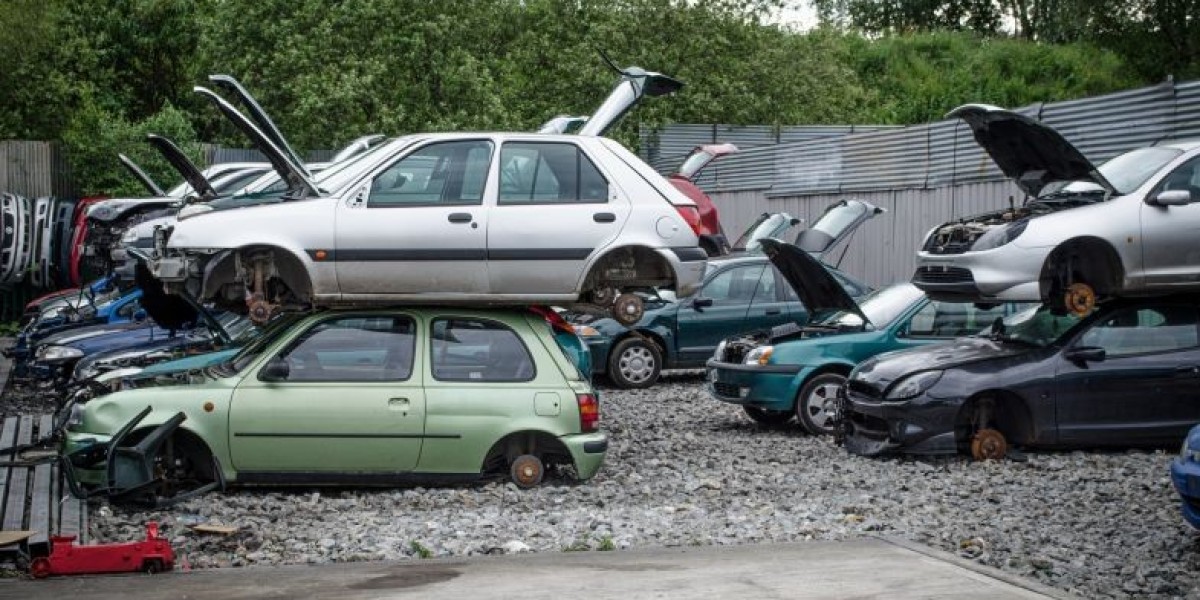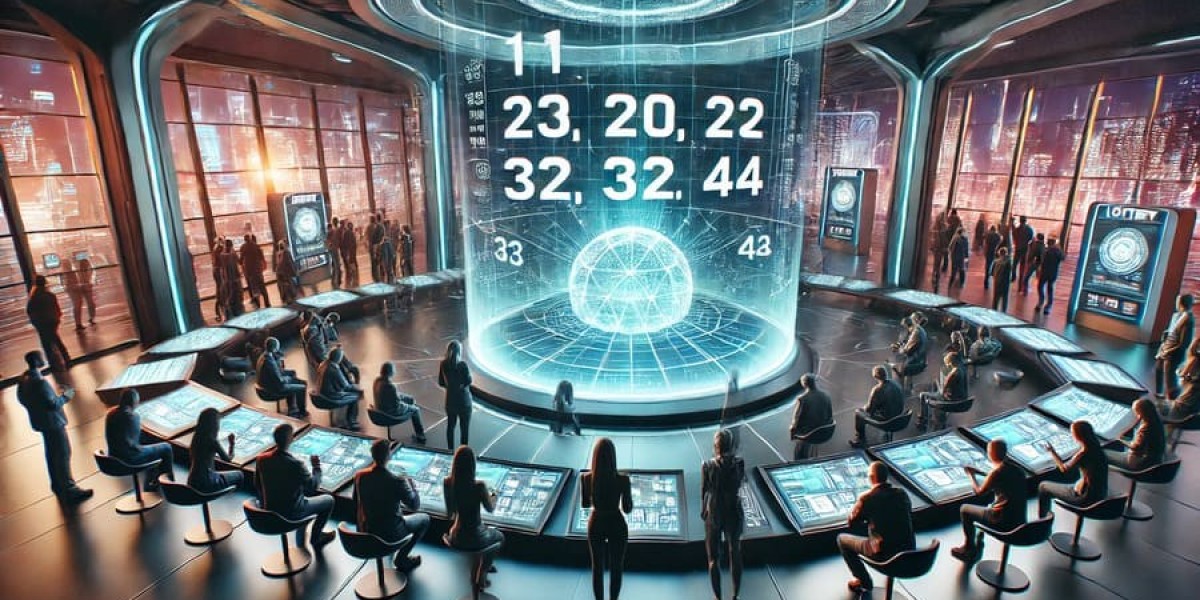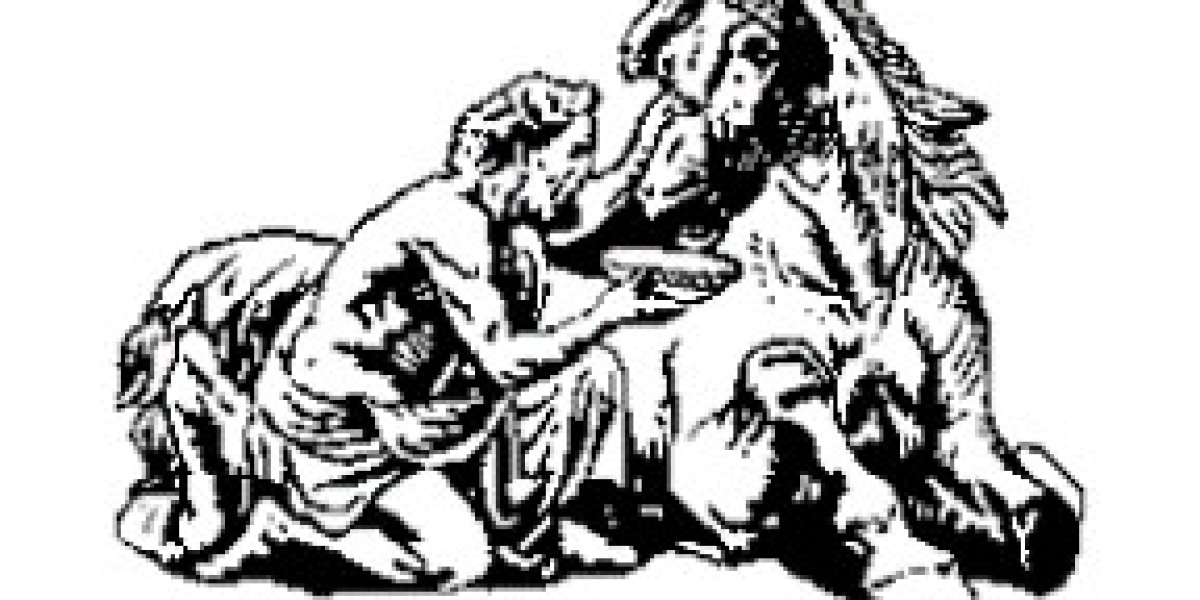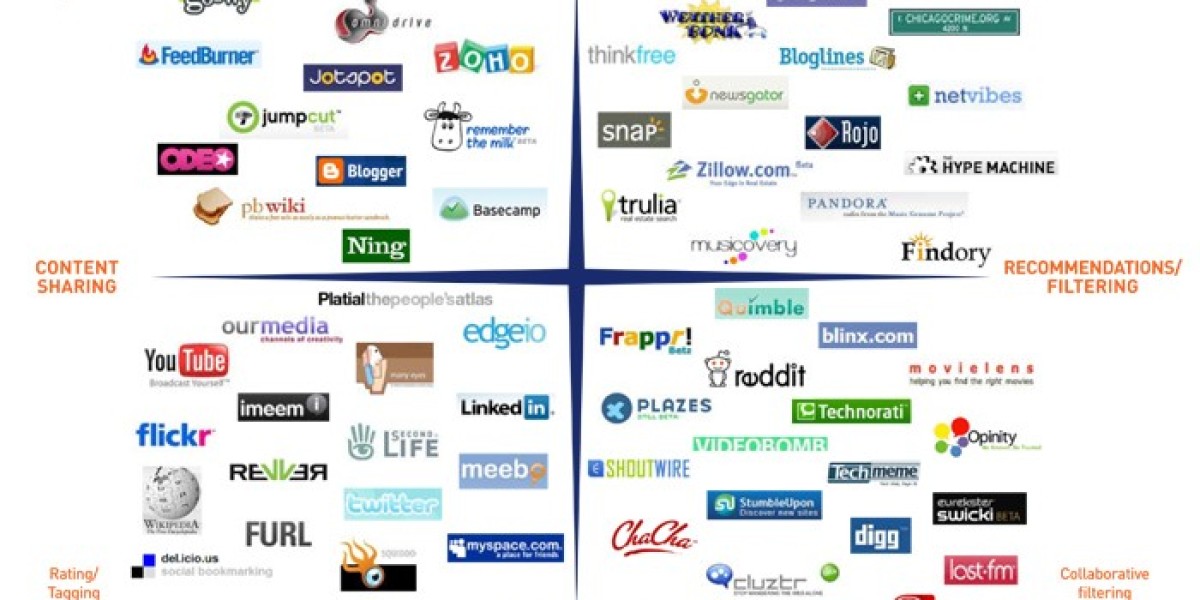When a vehicle reaches the end of its life, many owners choose to sell it for scrap. This decision is often based on the condition of the car, high repair costs, or damage that makes it unsafe to drive. But what actually happens to the car once it leaves your hands? Selling a car for scrap is not the end of the story. It is the start of a process that helps recover materials, protect the environment, and even support other vehicles still on the road.
Initial Inspection and Collection
Once a car is sold for scrap, it is usually collected by a car removal service. The team inspects the vehicle to assess its condition and to plan the next steps. This includes checking for hazardous parts like batteries and airbags, which need to be handled carefully. Cars that are still movable may be driven to the wrecking yard. Others are picked up with a tow truck.
Some services offer no-charge collection, which helps people clear out their yards without worrying about how to transport an old car. This service often includes paperwork handling, which saves time and avoids legal problems.
Depollution Process
One of the first things that happens at the scrapyard is depollution. This is a crucial step where fluids and harmful substances are removed. These include engine oil, coolant, transmission fluid, brake fluid, fuel, and windscreen washer liquid. These fluids are drained and stored properly for recycling or disposal. This step helps prevent soil and water pollution.
Airbags are removed to prevent accidents during the crushing process. Batteries are also taken out, as they contain chemicals that can be dangerous if not managed well. In Australia, this step is highly regulated to meet safety and environmental standards.
Salvaging Usable Parts
Not every part of the car is worthless. Even damaged or old cars may have useful parts that can be sold or reused. Mechanics inspect the vehicle to identify items in working condition. These parts may include:
Engines and gearboxes
Alternators and starters
Doors, mirrors, and windows
Tyres and rims
Seats and interior fittings
These parts are removed, cleaned, and often tested before being added to inventory. They are sold to people looking for parts for their own vehicles. Reusing parts from scrapped cars helps reduce waste and the demand for new manufacturing.
Recycling of Metals
After the fluids are removed and usable parts are taken out, what remains is mostly metal. This is the body and frame of the car. It is sent to a crushing or shredding machine that breaks the car into small pieces. The metal is then separated into different types using magnets and other machines.
Steel is the most common material in a car, and it is fully recyclable. Recycled steel is used in the building industry, in new cars, and in many other products. Aluminium, found in engines and wheels, is also highly valued and used again.
Australia recycles a large portion of the metal from vehicles. This process saves raw materials, reduces energy use, and cuts emissions compared to producing new metal.
Visit to learn more about selling your car for cash in Coorparoo: https://onspotcashforcars.com.au/cash-for-cars-coorparoo/
Disposal of Non-Metal Parts
Not everything in a car is made of metal. Some parts like rubber, plastic, and glass are also sorted after the car is crushed. Glass from windows and windshields is separated and often recycled. Plastics are sorted by type and processed if they are suitable for recycling. Rubber parts, such as tyres, are sometimes turned into playground surfaces or other products.
Parts that cannot be reused or recycled are sent to waste management facilities. These are handled with care to reduce their impact on the environment.
Tracking and Record Keeping
Wrecking yards and car removal companies are required to follow certain laws. They keep records of every car they collect and dismantle. This ensures that the process is legal and that stolen vehicles are not being recycled. It also helps in tracking materials and ensuring proper recycling methods are followed.
Environmental Impact of Car Scrapping
Selling a car for scrap has a strong link to environmental care. It helps keep hazardous materials out of landfills, saves energy by recycling metals, and reduces the need for mining new materials. According to the Australian Bureau of Statistics, recycling one tonne of steel saves around 1,100 kilograms of iron ore, 630 kilograms of coal, and 55 kilograms of limestone.
This shows that scrapping even one car contributes to protecting natural resources. It also cuts down the carbon emissions that would be released during mining and metal production.
How the Process Supports Local Economy
The scrapping process also creates jobs. Workers are needed at every stage — collection, inspection, dismantling, sorting, and recycling. Wrecking yards also supply spare parts to workshops and car owners. This supports small businesses and gives people an option to fix their cars without always relying on new parts.
When a car is scrapped responsibly, it does not just disappear. It becomes part of a cycle that brings value back to the economy and reduces waste.
A Local Example: Ipswich Services
Many people do not know that old or damaged vehicles can be picked up without any cost. This has become common in places like Ipswich, where local services handle collection and processing. Some providers offer free car removal Ipswich, which is helpful for those who do not want to deal with transport or disposal themselves. It removes the burden from the vehicle owner while ensuring the car is scrapped safely and legally.
This type of service also helps reduce the number of abandoned or unused vehicles in backyards, driveways, or parking lots. It adds to cleaner streets and supports proper recycling efforts across Queensland.
Final Thoughts
Selling your car for scrap may feel like the last chapter, but it is actually the start of a helpful process. From removing harmful substances to recovering useful parts and recycling metals, your vehicle still has value even after it stops running.
By choosing to scrap your vehicle with the right service, you help reduce waste, save resources, and support local workers. Whether your car is damaged, unwanted, or no longer roadworthy, it still plays a part in the cycle of reuse and recycling.
If your old car is just sitting around, taking up space, it may be time to let it go. You will not only free up room but also contribute to a cleaner environment and a better future.









